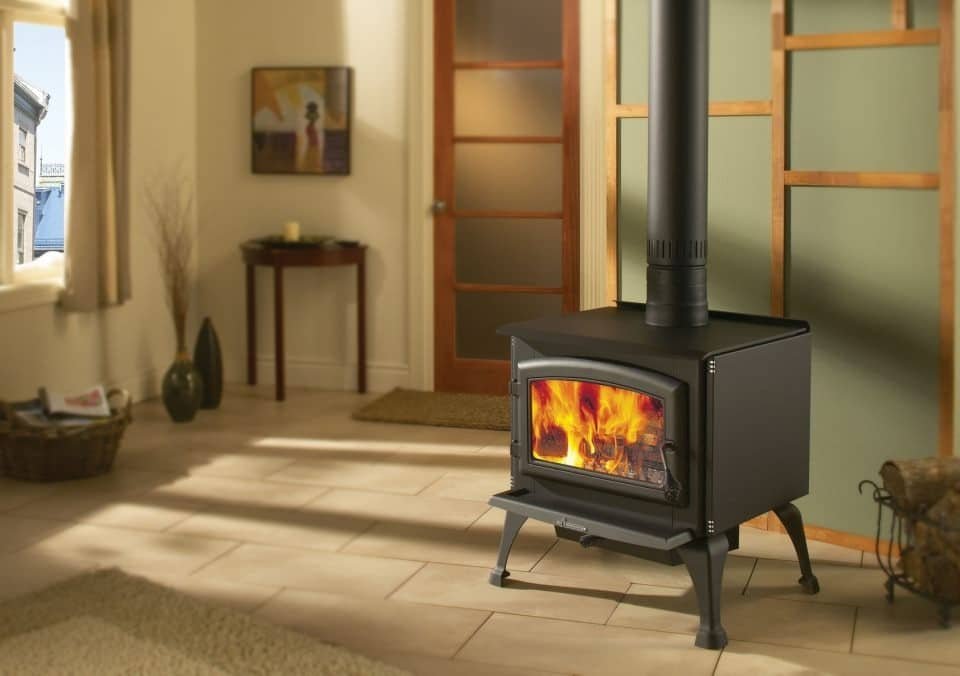A warm and cozy fireplace can turn a house into a home, especially when fueled by a pellet stove. However, to maintain the allure and efficiency of your pellet stove, regular cleaning is paramount. In this comprehensive guide, we’ll take a deep dive into the intricacies of pellet stove chimney cleaning techniques, ensuring your fireplace remains both charming and functional.
Understanding the Essence of a Clean Chimney
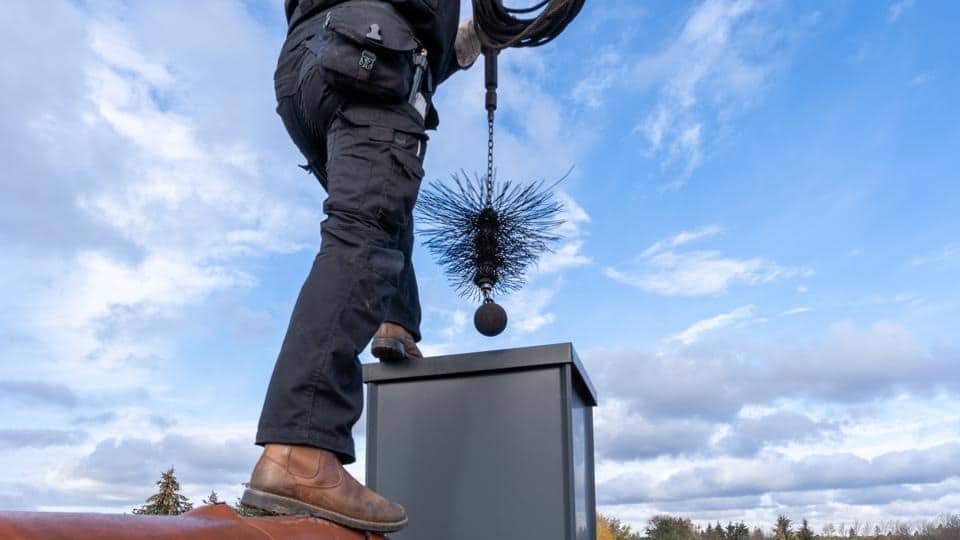
A clean chimney is not just aesthetically pleasing; it’s a fundamental aspect of ensuring your pellet stove operates efficiently. Over time, soot and debris can accumulate, leading to reduced performance and potential safety hazards. Let’s explore the steps and techniques to keep your chimney in top-notch condition.
The Importance of Regular Chimney Maintenance
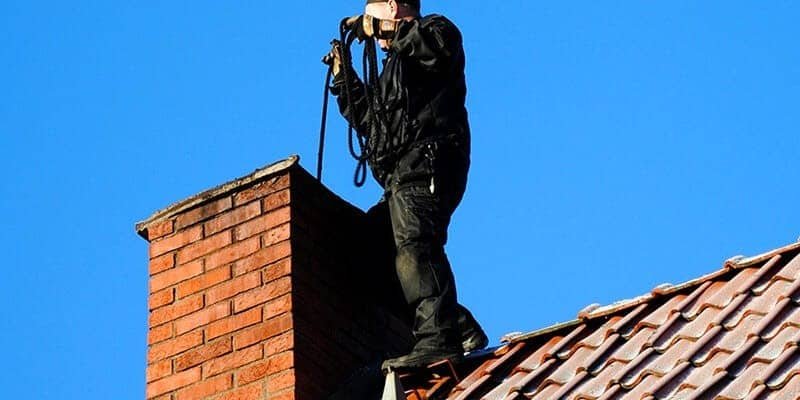
Ensuring Efficient Combustion
One primary reason for regular chimney maintenance is to guarantee optimal combustion within the pellet stove. A clean chimney allows for better airflow, ensuring the pellets burn efficiently and produce maximum heat.
Preventing Creosote Buildup
Creosote, a byproduct of burning pellets, can accumulate on the chimney walls, posing a serious fire hazard. Regular cleaning prevents creosote buildup, reducing the risk of chimney fires and ensuring a safer home environment.
Extending Appliance Lifespan
A well-maintained chimney contributes to the longevity of your pellet stove. By preventing corrosion and damage, you’ll not only enhance safety but also protect your investment.
Step-by-Step Guide to Pellet Stove Chimney Cleaning
Gathering the Necessary Tools
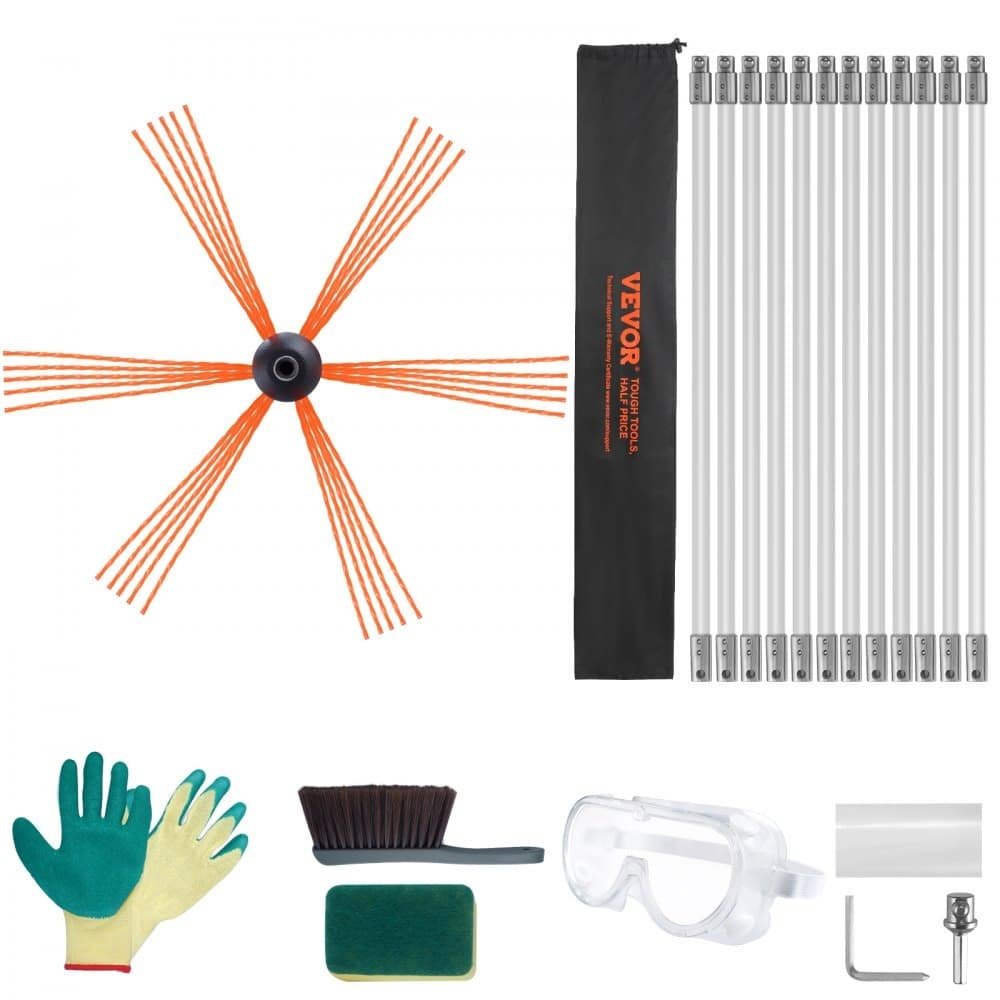
Before diving into the cleaning process, it’s essential to assemble the right tools. From chimney brushes to vacuum systems, having the proper equipment is crucial for a thorough cleaning job.
Safety First: Preparing Your Workspace
Safety should be a top priority when cleaning a chimney. Taking necessary precautions, such as using safety goggles and gloves, and ensuring proper ventilation, sets the stage for a secure cleaning process.
Removing Ash and Debris
Start the cleaning process by removing any excess ash and debris from the pellet stove. This preliminary step simplifies the overall cleaning and ensures a more thorough job.
Using Chimney Brushes Effectively
Chimney brushes are indispensable tools for removing built-up soot and creosote. Learn the proper techniques for using these brushes, reaching all areas of the chimney for a comprehensive clean.
Vacuuming the Chimney Interior
In addition to brushing, employing a vacuum system helps eliminate fine particles and ensures a spotless interior. Explore the best practices for using a chimney vacuum to enhance the cleaning process.
Exterior Chimney Inspection
Cleaning isn’t limited to the interior. Regularly inspecting the exterior of your chimney ensures structural integrity. Look for cracks, loose bricks, or any signs of wear that may require attention.
Tips and Tricks for Effective Pellet Stove Chimney Maintenance
Regular Inspection Schedule
Establishing a routine inspection schedule is key to proactive chimney maintenance. Regular checks allow you to address issues promptly, preventing potential hazards and costly repairs.
Choosing the Right Pellets
The quality of pellets you use directly impacts chimney cleanliness. Opt for high-quality pellets with lower ash content to reduce residue buildup and prolong the time between cleanings.
Professional Inspections
While DIY cleaning is essential, professional chimney inspections are equally important. Schedule annual inspections with a certified chimney sweep to identify any hidden
Troubleshooting Common Chimney Issues
Addressing Draft Problems
In some cases, pellet stove chimneys may face draft issues that affect their performance. Learn how to identify and address draft problems, ensuring consistent and efficient combustion.
Dealing with Stubborn Creosote Deposits
If creosote deposits are particularly stubborn, explore advanced techniques for removal, such as chemical creosote removers or professional-grade cleaning agents.
Cracks and Leaks: Repair and Prevention
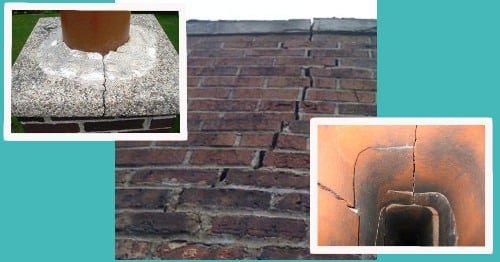
Chimney cracks and leaks can compromise both safety and efficiency. Discover methods for repairing minor cracks and implementing preventive measures to avoid future structural issues.
Sustainable Practices for a Greener Chimney
Environmentally Friendly Pellet Options
Consider using eco-friendly pellets made from sustainable materials. These pellets not only reduce environmental impact but also tend to produce less residue, contributing to a cleaner chimney.
Energy-Efficient Pellet Stove Upgrades
Explore modern pellet stove technologies designed for energy efficiency. Upgrading to a more efficient model can decrease the frequency of chimney cleanings and lower overall energy consumption.
Proper Disposal of Ash and Debris
Dispose of ash and debris responsibly by exploring eco-friendly disposal options, such as composting or using them as a soil amendment in your garden.
DIY vs. Professional Cleaning: Making Informed Choices
Assessing Your Comfort Level
Consider your comfort level and experience with chimney maintenance before deciding whether to undertake a DIY cleaning or hire a professional chimney sweep.
The Value of Professional Expertise
Recognize the benefits of professional chimney sweeps, including their expertise in identifying potential issues, ensuring thorough cleanings, and providing valuable recommendations for ongoing maintenance.
issues and ensure the long-term health of your chimney.
Fire Prevention Measures and Safety Tips
Installing a Spark Arrestor
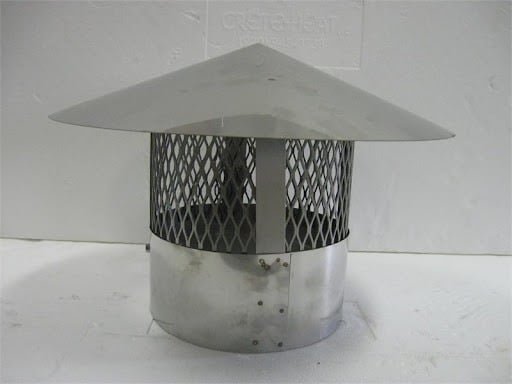
Consider adding a spark arrestor to the top of your chimney to prevent sparks or embers from escaping and potentially causing a fire hazard.
Clearing Surrounding Flammable Debris
Maintain a safe perimeter around your chimney by clearing away leaves, branches, and any other flammable debris that could pose a fire risk.
Proper Pellet Storage
Store pellets in a dry and cool place to prevent mold and moisture, which can lead to combustion issues and increased chimney cleaning frequency.
Understanding the Signs of a Malfunctioning Chimney
Unusual Odors or Smoke
Be vigilant for any unusual odors or smoke emanating from your pellet stove. These signs can indicate a problem that needs immediate attention.
Changes in Flame Color
Keep an eye on the color of the flame. An abnormal flame color, such as excessive yellow or orange, may signal incomplete combustion, requiring a closer inspection of your chimney.
Unexplained Drop in Efficiency
If you notice a sudden drop in the efficiency of your pellet stove, it could be linked to a chimney issue. Investigate promptly to maintain optimal performance.
Seasonal Maintenance Guidelines
Preparing for Winter
Before the heating season kicks in, conduct a thorough chimney cleaning to ensure peak performance during the colder months.
Post-Winter Inspection
After the winter season, inspect your chimney for any damage or wear that may have occurred during heavy usage. Address any issues before storing your pellet stove for the off-season.
Documenting and Scheduling Cleanings
Keeping a Cleaning Log
Maintain a cleaning log to record each chimney cleaning session. Note any observations, repairs, or changes made during the process to track the health of your pellet stove over time.
Setting Reminders
Set reminders for regular chimney inspections and cleanings, ensuring that maintenance doesn’t fall through the cracks and that your pellet stove operates optimally year-round.
Conclusion: A Radiant and Secure Home with a Well-Maintained Pellet Stove Chimney
In conclusion, maintaining the charm of your pellet stove goes hand in hand with keeping its chimney clean. By understanding the importance of regular maintenance, following a meticulous cleaning process, and incorporating effective tips and tricks, you can ensure a radiant and secure home environment. Embrace the warmth and charm of your pellet stove, knowing that you’ve mastered the art of chimney maintenance.
Implementing these techniques not only enhances the efficiency of your pellet stove but also contributes to the overall safety and longevity of your heating appliance. Regular chimney cleaning is a small investment that pays off in terms of performance, safety, and the enduring charm of your home.
Read more article! visit here

